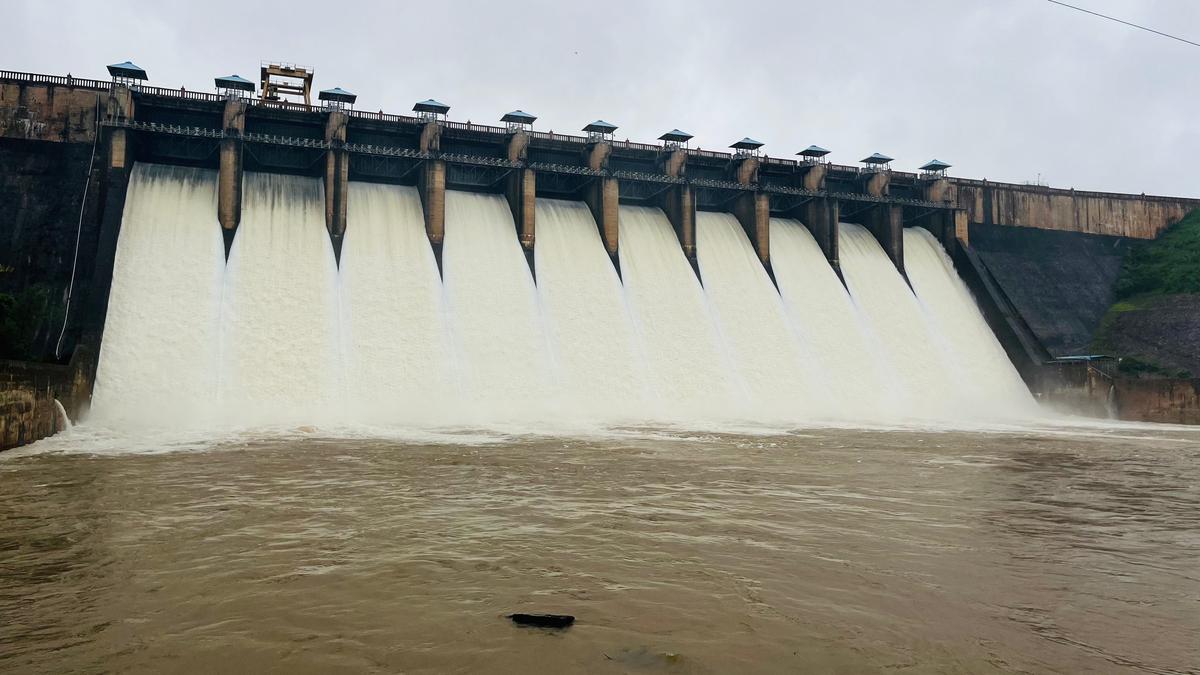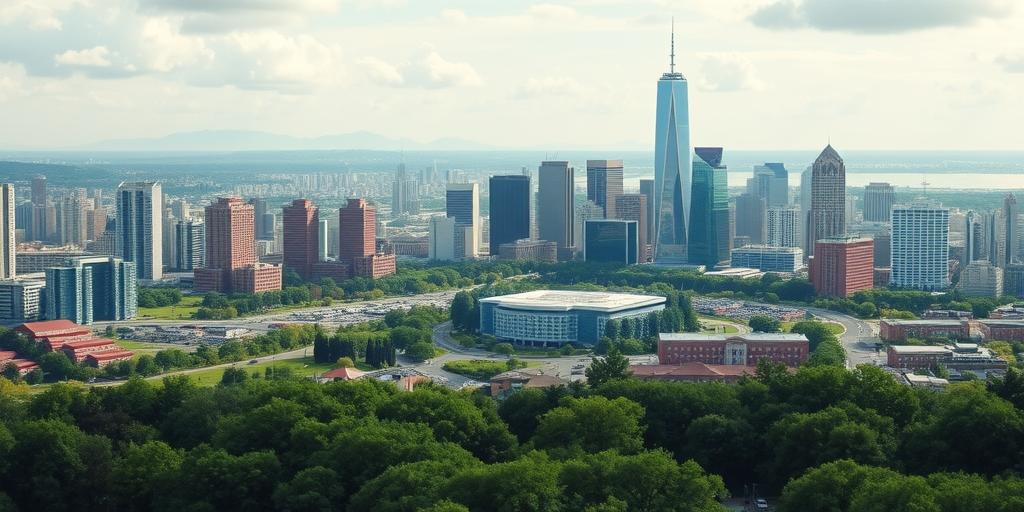Ghataprabha River Water Diversion: A Controversial Decision
The recent decision by the Karnataka State government to divert water from the Ghataprabha river has sparked a firestorm of controversy. While the government claims the diversion is necessary for industrial development in Dharwad, farmers and local organizations fear devastating consequences for Belagavi, a region already grappling with water scarcity. Is this a crucial step towards industrial progress, or a reckless gamble with the livelihoods and well-being of an entire region? Let's delve into the details and see what we can find.
The Core of the Conflict
The heart of the controversy lies in the planned diversion of water from the Ghataprabha river, primarily to cater to industries in Dharwad. Protests have erupted from Kannada organizations and farmers' associations, raising alarms over the potential impact on Belagavi district. Concerns center around the substantial quantity of water proposed for diversion, with claims ranging from 0.58 tmcft (thousand million cubic feet) per day to an alarming 5 tmcft per day. Such massive extraction could drastically diminish water availability, critically impacting drinking water resources and irrigation. Many people are starting to feel worried. We shall investigate.
Government's Stand: Development vs. Disaster?
The Karnataka government, represented by Ministers M.B. Patil and D.K. Shivakumar, strongly defends its actions. Patil, the Minister for Large and Medium Industries, asserts that the water diversion will only utilize 0.58 tmcft per day. He emphasizes that the water will be sourced directly from the river's downstream flow, before it reaches the Hidkal dam, minimizing the impact on the dam's water level and, as a result, its downstream areas.
This assurance seems insufficient to allay the fears of protestors, who are worried about losing precious water resources that sustain lives and farms.
Justification and Allocation
The government further justifies the project by citing the Krishna Water Disputes Tribunal's allocation of 4 tmcft of water from the Hidkal reservoir for industrial purposes. They maintain that using a mere 0.58 tmcft per day is far below this allocation, negating claims of severe water shortages for the Belagavi residents. The government defends this action by saying it is simply fulfilling its obligation to boost industrial development, particularly in North Karnataka, a goal seen as essential for overall economic growth. Some question this justification, though.
Opposing Arguments: A Call for Transparency and Sustainability
Critics argue that even the government's lower figure of 0.58 tmcft per day is significant. It's impossible to overlook the immense impact this withdrawal could have on agriculture, potentially destroying local economies dependent on the river for cultivation. It would also raise the threat of drastic reductions in the amount of water available for drinking water and irrigation. Furthermore, protestors question the accuracy of government-supplied data and the transparency of the decision-making process. Concerns linger regarding the long-term ecological impact of this vast water diversion.
Calls for Scrutiny
Given the contradictory information presented by various parties and the vital importance of the water resources, comprehensive independent assessments become absolutely crucial to determining the project's true effects. Transparency and thorough analysis are imperative before irreversible consequences are triggered by decisions.
Seeking a Middle Ground: Balancing Progress and Preservation
This situation illustrates a common challenge in modern societies: finding equilibrium between industrial progress and preserving natural resources. A rush to industrialize mustn't overshadow the needs and sustainability of local communities. The need for sustainable water management practices and increased transparency in decision-making is apparent. Sustainable alternatives for industrial water usage must be considered.
Path to Resolution
This controversy necessitates a cooperative effort to resolve. Open dialogue and collaboration involving government agencies, industrial stakeholders, and affected communities are key. This necessitates a collective evaluation of all the environmental effects.
Take Away Points
- The Ghataprabha river water diversion plan has sparked widespread concern.
- The Karnataka government defends the project citing industrial needs and allocated water quotas.
- Opponents express concerns about negative consequences for Belagavi district's water supply.
- A collaborative effort is essential for sustainable water management in Karnataka.









